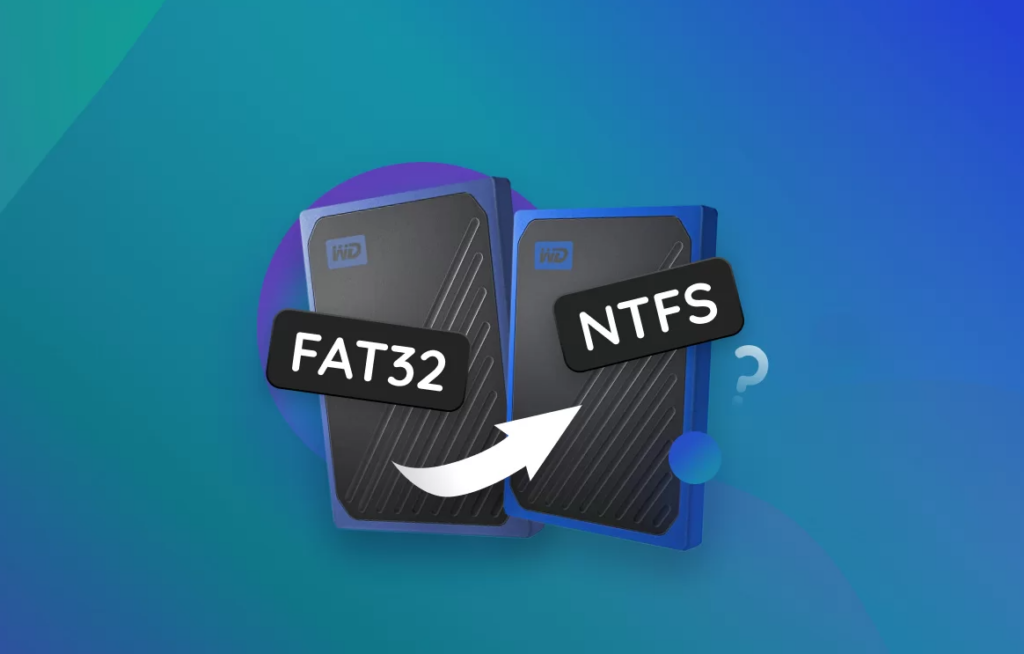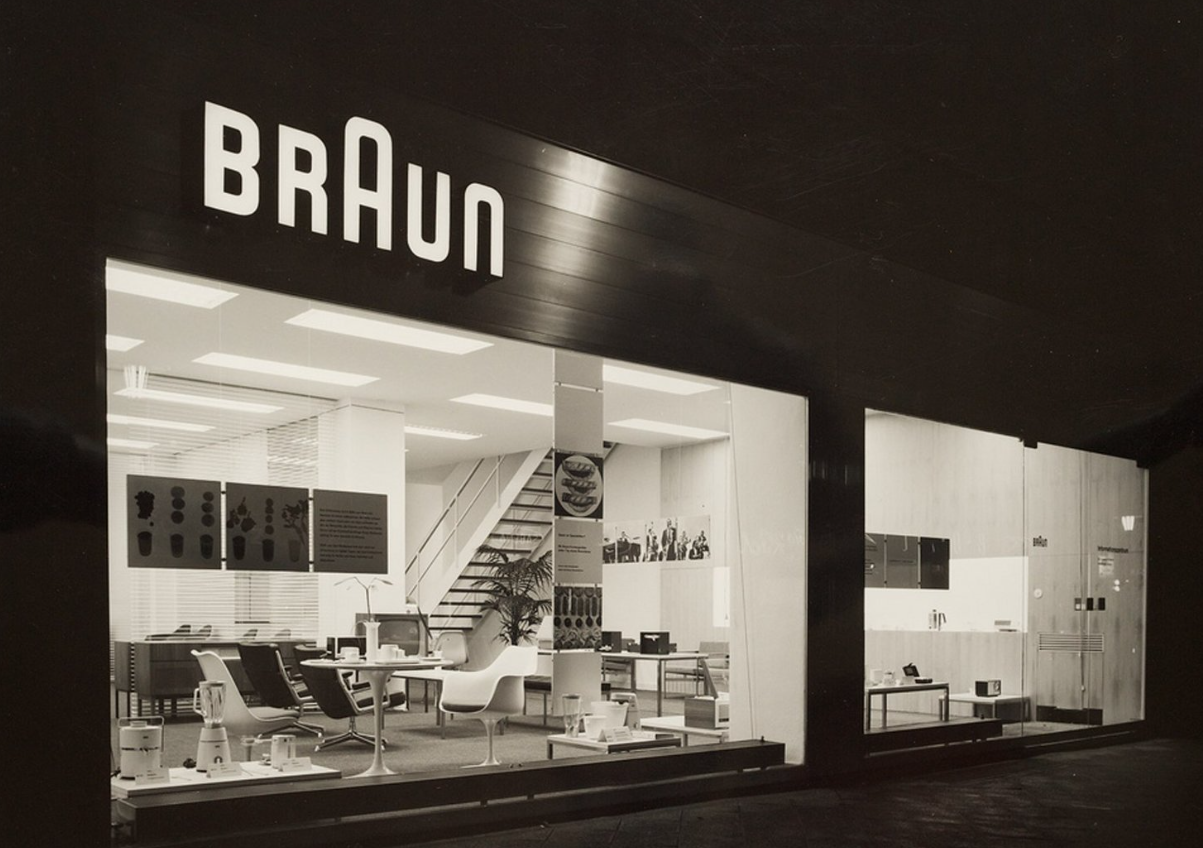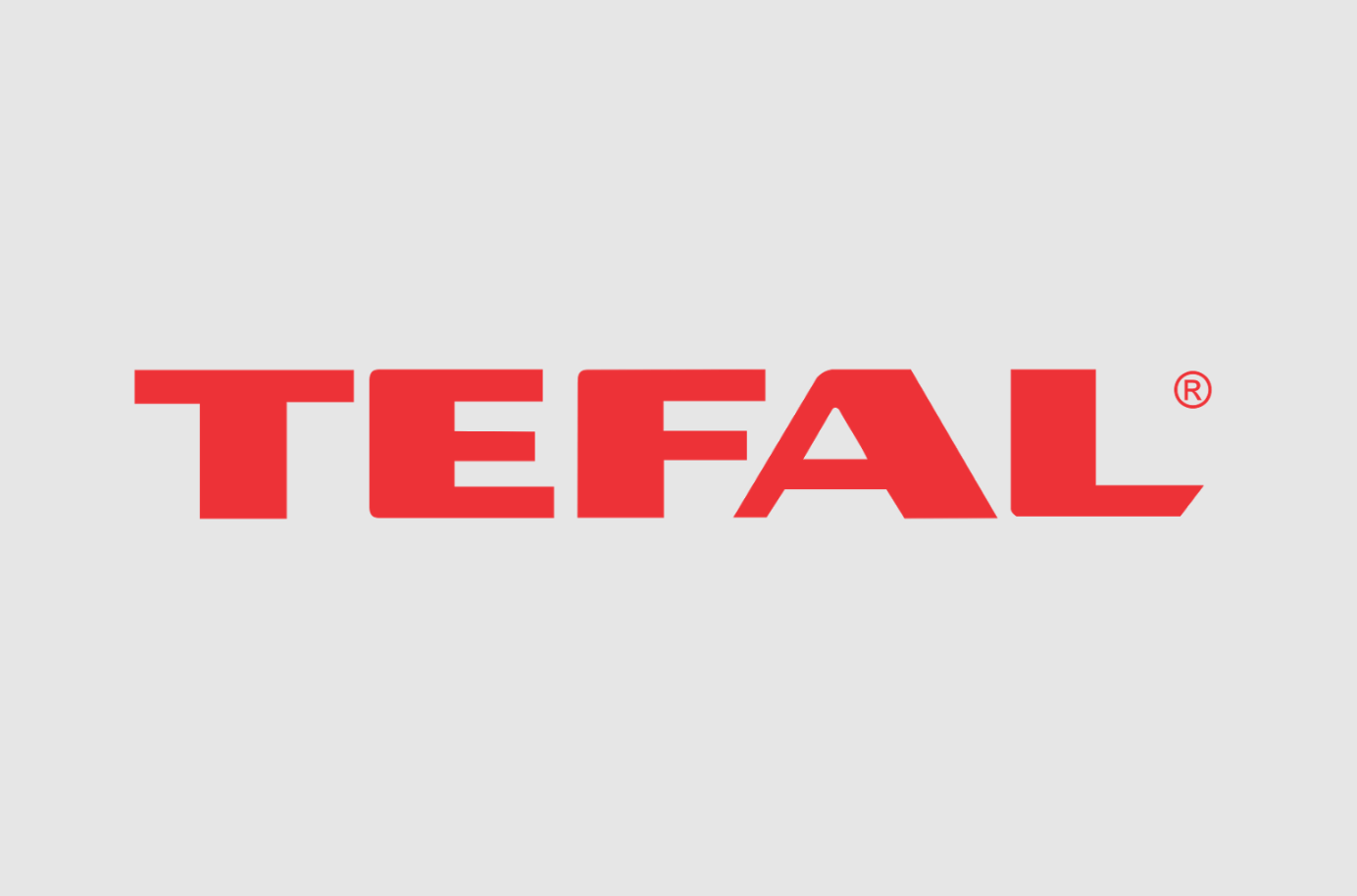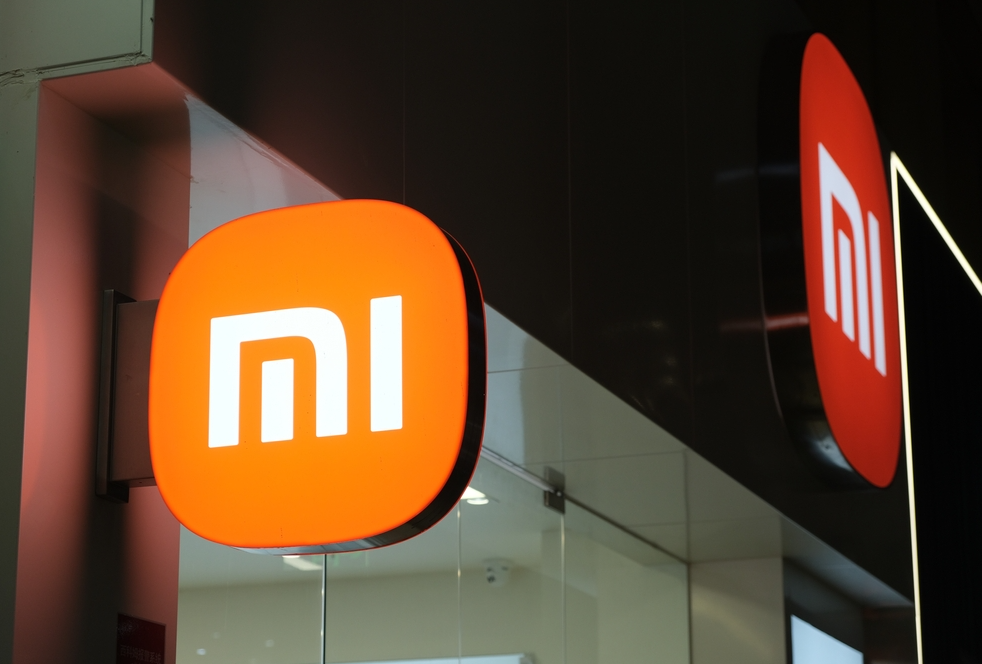File systems play an important role in the efficient organization of storage and processing of data on storage media. When choosing a file system for a flash drive, hard drive or bootable flash drive for Windows, the question often arises: FAT32 or NTFS? Each of these file systems has its own features, advantages and limitations. Let’s take a closer look at the differences between FAT32 and NTFS, their applicability in various situations, and also tell you when and how best to use one of them.
What is FAT32
FAT32 is an older file system developed by Microsoft. It was once the standard for most operating systems, and remains relevant for many storage media, especially flash drives and memory cards. Key features of FAT32 include:
- Wide compatibility. FAT32 is supported by almost all operating systems, including Windows, macOS, Linux, and Android. This makes FAT32 an ideal option for flash drives and portable hard drives that will be used across multiple platforms.
- Simplicity. FAT32 has a relatively simple structure, which reduces the likelihood of errors and makes it more reliable at a low level.
- Limit file and partition size. FAT32 has a single file size limit of 4 GB and supports partitions up to 8 TB.
However, despite these advantages, FAT32 has a number of limitations. The main one is the inability to store large files (more than 4 GB), which can be critical when working with high-resolution media files or data archives.
What is NTFS
NTFS (New Technology File System) was developed by Microsoft as an improved replacement for FAT32. It is the standard file system for Windows from Windows NT onwards, including Windows 10. NTFS has a number of advantages that make it suitable for more complex tasks:
- Support for large files and partitions. NTFS has no file size limit, and the maximum partition size can reach hundreds of terabytes.
- Increased security. NTFS supports access permissions, file encryption, and file usage controls, making it a reliable storage medium for sensitive data.
- Logging changes/ NTFS uses journaling, which helps recover data after crashes and makes the file system more resilient to corruption.
- Support for advanced features. NTFS supports features such as data compression and creating restore points.
FAT32 or NTFS for Windows 10 bootable USB
If you need a bootable USB flash drive to install or restore Windows 10, it is better to use the NTFS file system. Although FAT32 is compatible with most devices, NTFS provides faster and more stable Windows boot and does not limit the file size, which is important for large system images.
When to choose FAT32 for a Windows 10 bootable USB flash drive:
- If you need UEFI and BIOS compatibility. Many UEFI devices prefer to boot from FAT32 formatted flash drives.
- If your boot image is less than 4GB.
When to choose NTFS for a Windows 10 bootable USB flash drive:
- If the boot image is larger than 4GB.
- If the device supports booting from NTFS.
FAT32 vs NTFS Comparison Table
| Parameter | FAT32 | NTFS |
| Compatibility | Supported by almost all OS | Mainly supported by Windows |
| Maximum file size | 4 GB | There are no restrictions |
| Maximum partition size | 8 TB | Hundreds of terabytes |
| Security and encryption | Not supported | Supported |
| Journaling | No | Eat |
| Use for flash drives | Yes | Yes |
| Ideal for a bootable USB stick | With small files | With large files |
FAT32 or NTFS for flash drive
When choosing a file system for a flash drive, it is important to consider how and on what devices it will be used.
- FAT32 or NTFS for flash drive? If the flash drive will only be used on Windows and requires storage of large files, then NTFS is a preferable choice.
- FAT32. Recommended for flash drives that will be used to transfer small files between different devices, including game consoles, smart TVs and digital photo frames.
Example: If the flash drive is planned for copying movies to a smart TV or game console, the FAT32 format will be a more compatible option.
How to migrate from FAT32 to NTFS
If you already have a flash drive in FAT32 format, but want to use NTFS, you can use the convert ntfs command, which allows you to convert the file system without losing data. To do this, follow these steps:
- Connect the flash drive to the computer.
- Open Command Prompt as administrator.
- Enter the command:convert X: /fs:ntfs, where X is the letter of the flash drive.
This method allows you to convert the file system while preserving data, but it is recommended to make a backup copy in case of unforeseen situations.
Key findings and recommendations
NTFS a more modern and functional file system suitable for use on Windows computers, especially for large files and when data protection is required. It is also better suited for Windows 10 bootable flash drives if the system image is large.
FAT32 ideal for devices with limited file system support, such as cameras, gaming consoles, and devices with limited resources. Choosing FAT32 or NTFS for a flash drive depends on how you plan to use the drive and on what devices.
The choice between FAT32 or NTFS depends on the specific situation and user needs. If you need a bootable Windows 10 flash drive or a drive that will store large files, NTFS is preferable. If you need maximum compatibility with different devices, then FAT32 is the best option.
Choose between FAT32 or NTFS and enjoy savings with reBITme. Don’t miss your chance!





